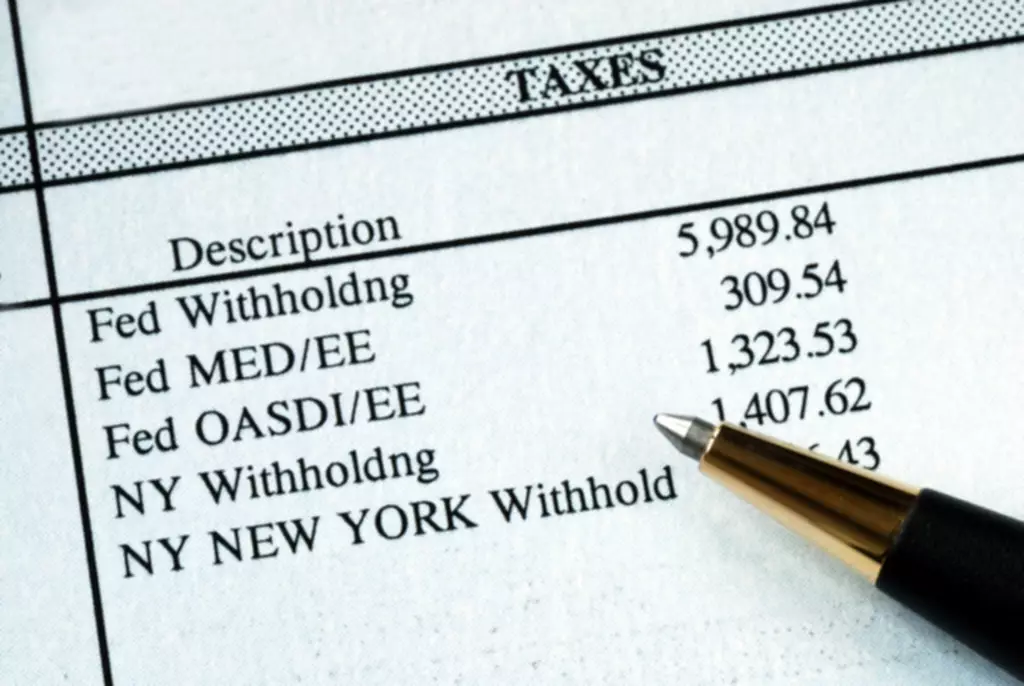Content

Projections about the future are not required to follow the strictest accounting standards, but companies must avoid committing fraud when creating pro formas. Continuing with Bob and his donut shop example, we can look into how he can make use of pro forma statements. Learn accounting fundamentals and how to read financial statements with CFI’s free online accounting classes. Looking at both best case and worst case scenarios helps you make financial decisions based on challenges you may face in the future.
What is the purpose of a pro forma income statement?
A pro forma income statement is a document that shows a business's adjusted income if certain financial inputs were removed. In other words, it's a way to show what the income of the business would be if some costs were excluded.
A business plan includes expected profits and other projected financial information to secure external financing from banks, lenders and investors. Business owners may use professional help, such as management consultants, business plan writers or public accounting firms, when preparing pro forma pro forma financial statements reports and statements. One of the many uses of pro forma statements is business and financial planning. This is perhaps the most common reason for creating pro forma statements. From an internal management perspective, pro forma statements help with projecting the future state of a business.
Example of Pro Forma Financial Statement
Preparing realistic pro forma financial statements is key to getting business planning right. A registrant files a proxy statement requesting shareholder approval of an acquisition. The registrant will issue a certain number of common shares in the acquisition, the number of which will be determined by a formula such that the total dollar amount of the acquisition is subject to change. The registrant may present the pro forma effects of the acquisition using a purchase price calculated as if the acquisition was consummated at the date of filing . If the range of possible outcomes may have a material impact on the amount of goodwill to be recorded in the financial statements, the registrant should disclose the impact on the balance sheet of increases or decreases in the common share trading price. Also present the number of shares used to compute per share data if outstanding shares used in the calculation are affected by the transactions included in the pro forma financial statements.
- For purposes of this interpretation, a dividend declared in the latest year would be deemed to be in contemplation of the offering with the intention of repayment out of offering proceeds to the extent that the dividend exceeded earnings during the previous twelve months.
- These statements are used to present a view of corporate results to outsiders, perhaps as part of an investment or lending proposal.
- Pro forma adjustments should be computed assuming the transaction was consummated on the date of the latest balance sheet included in the filing.
- If she wins in Vegas, her net worth can be positive; with her loan paid off entirely, her asset value will equal her net worth.
- The articles and research support materials available on this site are educational and are not intended to be investment or tax advice.
Do your research and speak with experts and accountants to determine what a normal annual revenue stream is, as well as asset https://www.bookstime.com/ accumulation assumptions. Infinancial accounting, a pro forma earnings report excludes unusual or nonrecurring transactions.
What Are the Types of Pro Forma Financial Statements?
Before extending capital or credit, investors and lenders might ask for pro forma statements to understand your outlook on company performance. For new businesses with no historical financial statements, lenders look at pro forma statements for a realistic vision of your company’s future. The dot-com bubble, where tech companies enjoyed bloated market valuations before losing it all, proved the harm of pro forma financials. In the early 2000s, Yahoo caught heat after years of releasing pro forma financial statements that downplayed hefty one-time costs from business acquisitions. Small business owners draft pro forma financial statements to quantify the impact of potential business decisions, such as taking out a loan to grow your business.
- Justin Pritchard, CFP, is a fee-only advisor and an expert on personal finance.
- The next section of the pro forma income statement is the cost of goods sold.
- As pro forma forecasts are hypothetical in nature, they can deviate from actual results, sometimes significantly.
- It takes into account an injection of cash from an outside source—plus any interest payments you may need to make—and shows how it will affect your business’s financial position.
- Pro forma statements represent estimated or projected financial figures for a company’s business operations.
- Explain how pro forma financial statements can be used to project future scenarios for the planning process.
They should include at least a balance sheet, a profit and loss statement, and a statement of cash flows. Those statements are conveying the future business activities and the future financial performance of the company. Pro forma is a Latin term that means “for form” or “in form.” In the context of financial modeling, pro forma usually refers to a forecast or projection of future financial performance. A pro forma financial statement is a document that shows how a company’s financial position would look if a particular event or transaction had occurred. For example, a pro forma statement might show how the company’s balance sheet would look if it had just issued new equity shares. Whether you’re trying to interpret pro forma financial statements or prepare them, these projections can be useful in guiding important business decisions. In fact, business owners, investors, creditors, and other key decision-makers all use pro forma financial statements to measure the potential impact of business decisions.
To create a pro forma statement of income:
To create the first part of your pro forma you’ll use the revenue projections from Step 1 and the total liabilities and costs found here. Then, add assets, owner’s equity, and total liabilities to complete the pro forma balance sheet. First, you should transfer the change in retained earnings from your pro forma statement of income across to the balance sheet. This type of pro forma projection takes into account all of your financials for the fiscal year up until the present time, then adds projected outcomes for the remainder of the year. That can help you show investors or partners what business finances could look like by the end of the fiscal year. Here’s a historical example of a pro forma income statement, courtesy of Tesla Inc.’s unaudited pro forma condensed and consolidated income statement for the year ended Dec. 31, 2016.
For example, the company might merge with or purchase another business, and the outcome could affect both cash flow and profits. Alternatively, the organization might need to make a major equipment purchase, and it’s important to know the financial impact of that transaction. It may be tempting to think of a pro forma statement as the same as a business budget.
Pro forma financials are not computed using generally accepted accounting principles and usually leave out one-time expenses that are not part of normal company operations, such as restructuring costs following amerger. The percent of a sales forecasting method, for example, involves determining future expected sales and finding trends across accounts in statements.
- To start creating a pro forma statement, begin with an income statement from the current year.
- Creditors might also get insecure due to higher financial leverage situation of a company as this might violate existing debt covenants that are in place.
- Pro forma recognition should be given to the impact of those disposals to the extent they are identifiable at the time the pro formas are prepared.
- The GoCardless content team comprises a group of subject-matter experts in multiple fields from across GoCardless.
A potential investor in a start-up is going to analyze pro forma balance sheets to calculate their potential return on their investment. We can glimpse Alice’s projected cash flow statements and balance sheets for each of her choices, for example, and their possible outcomes. Alice can actually project how her financial statements will look after each choice is followed. Explain how pro forma financial statements can be used to project future scenarios for the planning process. Russell creates a pro forma income statement for next year to inform his decision. Russell follows The Ascent’s guide to forecasted financial statements to generate the document. When deciding whether or not to invest in a company or a project, it’s reasonable to wonder how the future will unfold.
Pro Forma Company Income Statements
Building accurate pro forma financials requires an in-depth financial analysis of your present business. When creating pro forma financial statements, ask an accountant to provide additional guidance. Some of the most commonly used financial statements for pro forma are the income statement, the cash flow statement, and the balance sheet. This portion of the pro forma statement will project your future net income, sale of assets, dividends, issuance of stocks, etc. Pro forma income statements are important because of the information they can offer a company.

If the property to be acquired is subject to one or more leases, the presentation should be based on the rents to be paid in the first year of those leases. Material changes in the terms that will occur pursuant to the terms of the leases subsequent to the first year should be prominently disclosed. Furnish other available information which will enable a reader to understand the magnitude of any potential adjustment. Sensitivity analysis for a change in one variable which may produce different outcomes. Let’s say your business manufactures and sells widgets to the general public. You make widgets for kids, widgets for adults, widgets for dogs, and widgets for cats.



